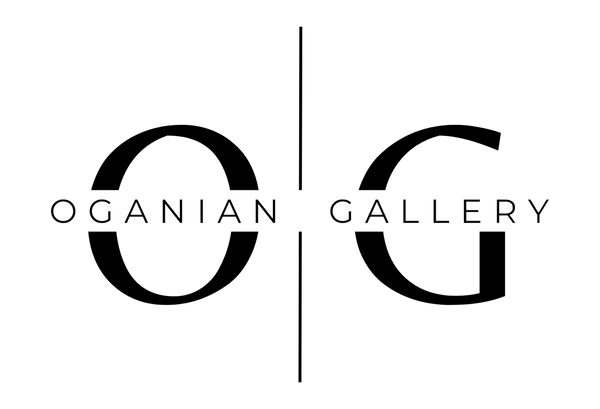Harmonious Convergence: The Influence of Music on Visual Art
Music and visual art have danced together through the corridors of history, often serving as muses to each other, creating a rich tapestry of cultural expression that transcends traditional boundaries. This blog explores the symbiotic relationship between these two art forms, highlighting how music has inspired visual artists and how visual art has found its way into the realm of music.

"Rhapsody in Motion" by Iveta Mokatz
Historical Intersections
The relationship between music and visual art is as old as civilization itself. Ancient Greek vases depicting musicians and dancers are a testament to the integral role music played in visual narratives of the time. Moving forward into the Renaissance, artists like Leonardo da Vinci explored the mathematics of music, incorporating musical motifs and harmonious principles into their visual compositions.


Romantic and Modernist Explorations
During the Romantic period, the convergence of music and art became even more pronounced, with artists drawing direct inspiration from musical compositions. Painters like J.M.W. Turner were known to interpret the emotive qualities of music through tumultuous seascapes and swirling skies, aiming to evoke the same emotions as a powerful symphony.
The 20th century saw further blending of these mediums as modernists like Wassily Kandinsky pursued the idea of synesthesia—creating visual art that mirrored the experience of hearing music. With their dynamic, abstract forms, Kandinsky's compositions were directly inspired by his love for music, aiming to visually represent the vibrational essence of sounds.
"Symphony of Forms" by Irina Maglabachian
Contemporary Collaborations
In today’s artistic landscape, the lines between music and visual art continue to blur. Contemporary artists and musicians frequently collaborate, creating multimedia experiences that enhance and expand the audience's engagement. For example, album covers can be as iconic as the music they represent, like Pink Floyd’s The Dark Side of the Moon, which became a visual icon synonymous with its music.
Additionally, live performances often feature elaborate visual elements, from stage designs to interactive multimedia displays, which are designed to complement the musical experience. These collaborations not only enhance the sensory experience but also create a more immersive world where art and music coexist.
![]()

Conclusion
The dance between music and visual art is a beautiful reminder of the fluidity of creative expression. As both artists and musicians continue to explore and push the boundaries of their respective fields, we can expect this harmonious relationship to evolve and bring forth new and exciting forms of art that continue to enrich our cultural landscape.
"Lone Bone" by Sylvia H. Goulden




